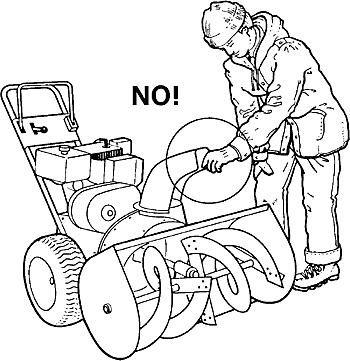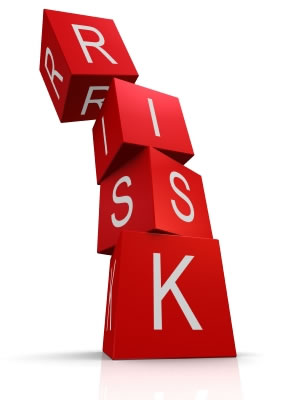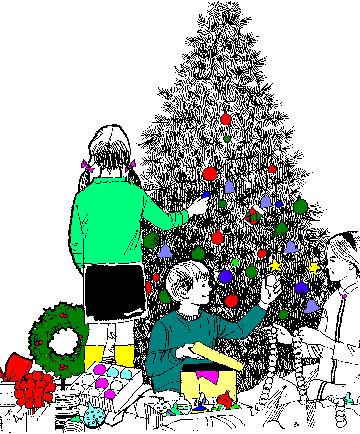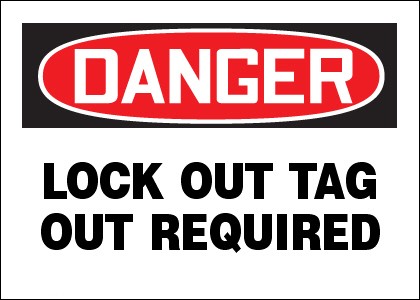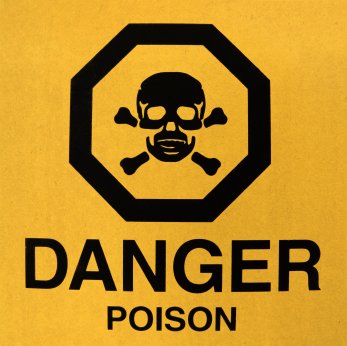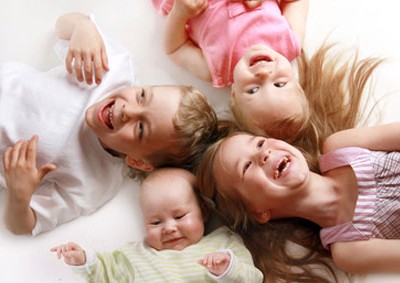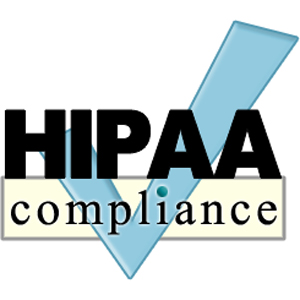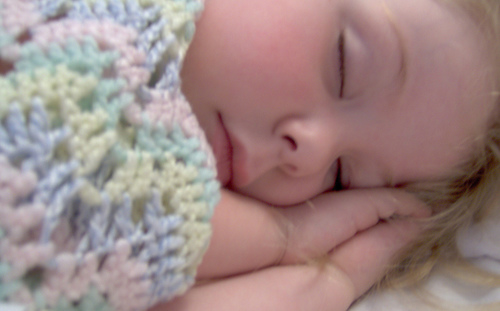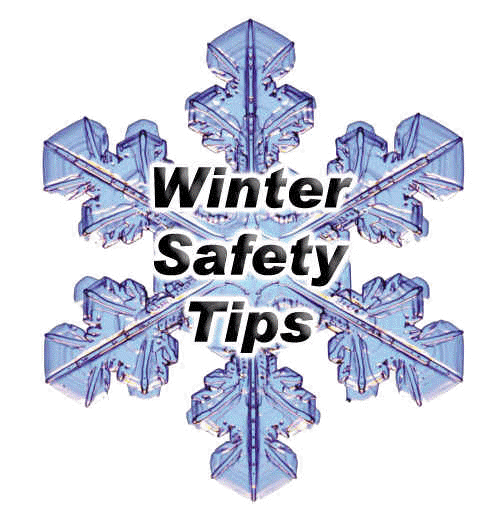 Winter is a wonderful time of year. Spending time with your family, the many holidays, the New Year, snow and the warmth from a fireplace all remind us of the upcoming season. But, as with any time of the year, there are specific things we need to be aware of to keep our family safe and injury-free.
Winter is a wonderful time of year. Spending time with your family, the many holidays, the New Year, snow and the warmth from a fireplace all remind us of the upcoming season. But, as with any time of the year, there are specific things we need to be aware of to keep our family safe and injury-free.
- Home fires are more prevalent in the winter months than any other season. Cooking is the leading cause of all winter residential building fires. Other winter fire hazards include space heaters, fireplaces and candles.
- The cold weather increases your chances of getting frostbite or hypothermia. Between the years of 1999-2004, an average of 647 people died each year from hypothermia.
- In 2009, over 16,000 Americans were treated for head injuries in emergency rooms because of playing winter sports (skiing, sledding, snowboarding, snowmobiling).
- Fatal crashes were 14% more likely to happen on the first snowy day of the season than on days following. It takes drivers a few days to regain their sense of driving in this weather.
- According to the CDC, most carbon monoxide poisonings happen in January; the second most in December. Carbon monoxide detectors save lives, but less than one-third of American homes have one installed.

